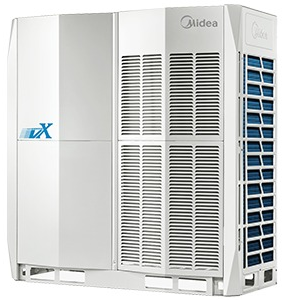
Midea Ac is a global manufacturer of home appliances, including air conditioners. The company was founded in 1968 in Guangdong, China and has since grown to become one of the largest appliance manufacturers in the world.
Midea produces a wide range of air conditioners to suit different needs and preferences. They offer various types of AC units, including window air conditioners, split air conditioners, portable air conditioners, and ductless mini-split systems. These units are designed to provide cooling and dehumidification for residential and commercial spaces.
Midea air conditioners come with different features and specifications, such as different cooling capacities, energy efficiency ratings, and special functions like sleep mode, timer, and remote control operation. They strive to incorporate advanced technologies to improve energy efficiency and optimize performance.
It’s important to note that specific models and features may vary depending on the region or country where Midea products are sold. If you have a specific question about a particular Midea AC model or need assistance with troubleshooting or installation, please provide more details, and I’ll be happy to help you further.
Midea VRF (Variable Refrigerant Flow) system refers to a type of commercial HVAC (heating, ventilation, and air conditioning) system manufactured by Midea Group. VRF systems are known for their energy-efficient and flexible design, making them suitable for large commercial and multi-zone applications.
Here are some key features and characteristics of Midea VRF systems:
Variable Refrigerant Flow: VRF systems use advanced technology that allows them to vary the amount of refrigerant flowing to the indoor units. This enables precise temperature control and efficient operation, as it matches the cooling or heating load of each zone.
Multi-zone application: Midea VRF systems are designed to handle multiple indoor units, allowing independent temperature control in different areas or zones within a building.
Energy-efficient: VRF systems are known for their energy efficiency compared to traditional HVAC systems. By adjusting the refrigerant flow and capacity as needed, they can optimize energy consumption and reduce operating costs.
Heat recovery: Midea VRF systems often offer heat recovery capabilities, meaning they can simultaneously provide heating in some zones while cooling others, improving overall system efficiency.
Quiet operation: These systems are designed to operate quietly, making them suitable for commercial spaces where noise control is essential.
Advanced controls: Midea VRF systems typically come with advanced control options, including central controllers and smart building integration, allowing for easy monitoring and management of the entire system.
Design and installation: Midea VRF systems require professional installation due to their complexity. Expert HVAC technicians can properly design and install the system to ensure optimal performance and efficiency.
Application: Midea VRF systems are commonly used in large commercial buildings, such as office complexes, hotels, hospitals, shopping malls, and other similar settings, where efficient and flexible cooling and heating solutions are required.
As with any HVAC system, it is essential to consider the specific requirements of the building and consult with HVAC professionals to determine the most suitable system for your needs. Additionally, technology may have advanced since my last update in September 2021, so it’s always a good idea to refer to the latest product information and specifications directly from Midea or their authorized distributors.

